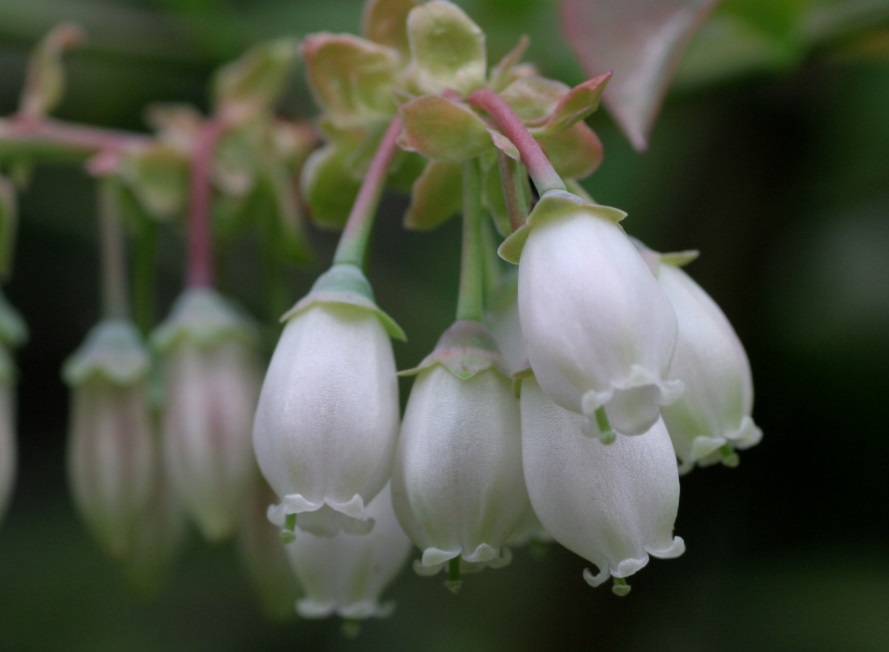DENVER — Honeybees may be the world’s most famous pollinator, but a new study shows that blueberry blooms reduce the insects to improvisational klutzes. Not useless ones though.
Pollination specialists have realized that the pollen haul found in hives of Apis mellifera honey bees has little, if any, from blueberry flowers, ecologist George Hoffman said November 5 at the Entomology 2017 meeting. Yet big commercial blueberry growers bring in hives of honey bees in the belief that the insects will help wild pollinators and boost the berry harvest.
It isn’t easy for honey bees to stick their heads into jar-shaped blueberry flowers, which narrow at the top, to get at the nectar. Nor do honey bees do the buzz-in-place move that some other bees use to shake pollen out of the pores on the blueberry flower anthers.
Still, fumbling honey bees often get blueberry pollen on their bodies as they grab and stretch, sometimes even poking a leg down into a bloom. In more than 60 percent of bee visits analyzed, a leg brushed against the receptive female part of the flower, Hoffman, of Oregon State University in Corvallis, found. And more of the pollen sticks to their legs than to the more usual pollination pickup spots around the bees’ heads, he observed (SN: 9/30/17, p. 32).
Honeybees certainly are pollinating blueberries, Hoffman concludes, but he has seen them scrape blueberry pollen down their legs and then kick the gob away. The stuff doesn’t end up in their hive, he speculates, because for some reason “they don’t like it.”
From the original Abstract: Because Apis mellifera cannot release pollen from the porose anthers of the bell shaped blueberry (Vaccinium corymbosum) flower via “buzz” pollination, they are considered ineffective pollinators of this crop. However, all large blueberry farms in Oregon use commercial honey bees for pollination; and at a stocking rate of 5-8 hives per ha it results in high berry yields. While a “legitimate” pollination visit is thought to be when the bee inserts its head into the corolla opening; we found that most of loose pollen on the honey bee is found on other parts of the body, particularly the tarsi. Contacts between the pollen carrying legs, tarsi, and claws with the stigmas of flowers within a blueberry cluster occurred 67% of the time a bee lands on a cluster. This mechanism may account for the unexpectedly high efficacy of honey bee pollination of the blueberry crop.









